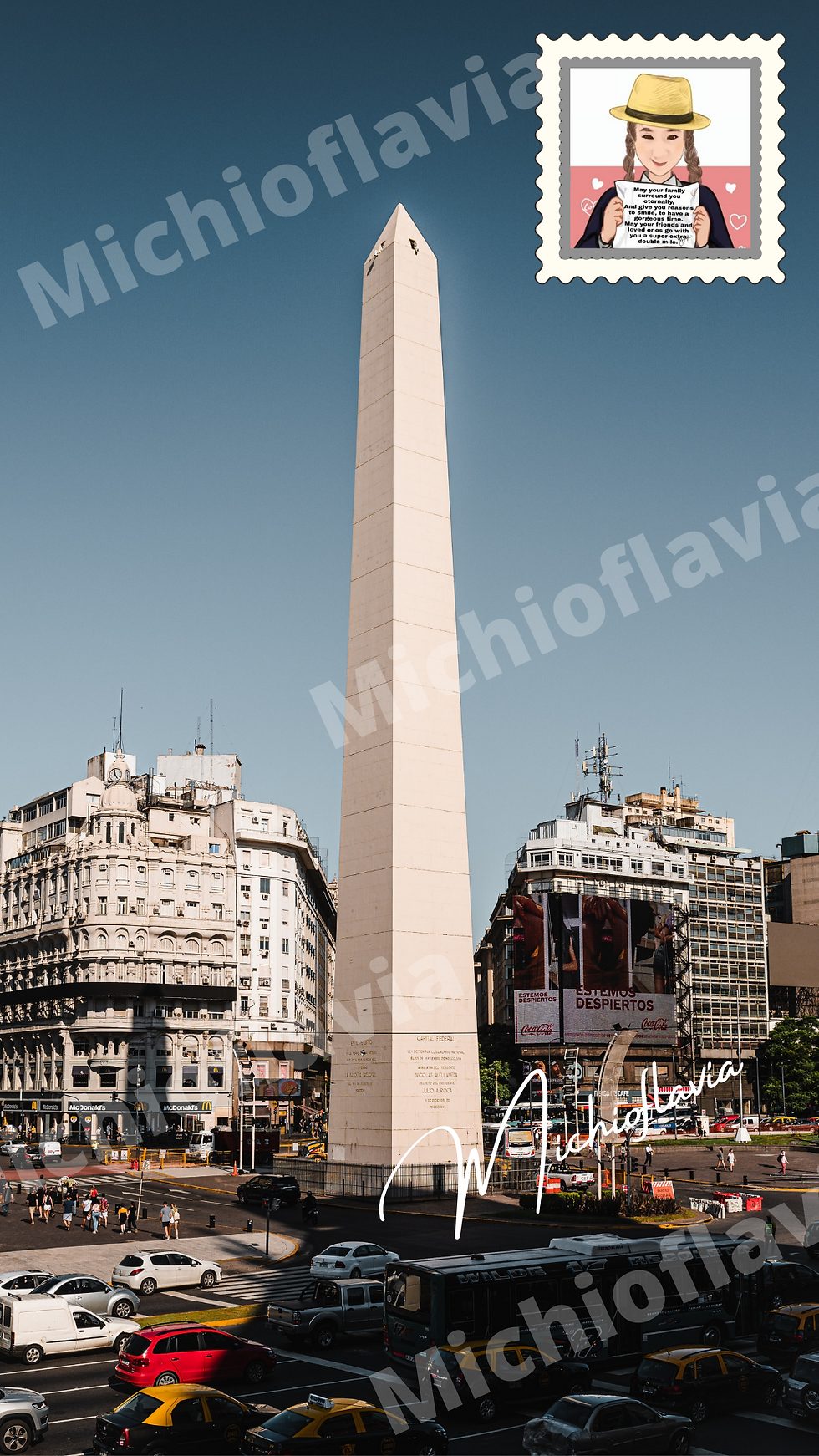Amazing Argentina by Michioflavia
- Life Adventure by Michioflavia

- Dec 22, 2021
- 3 min read
Updated: Dec 24, 2021
Case Study

Life Adventure by Michioflavia
Dec 22, 2021
Amazing Argentina
Argentina (officially the Argentine Republic) is a country in South America. Argentina is the second-largest country in South America and the eighth-largest country in the world.

Spanish is the most spoken language, and the official language, but many other languages are spoken. There are minorities speaking Italian, German, English, Quechua and even Welsh in Patagonia.

The tango is really a combination of many cultures, though it eventually became the national music of Argentina. -- Yo-Yo Ma



Buenos Aires

In eastern Argentina is Buenos Aires, the capital of Argentina, it is also one of the largest cities in the world.

Andes Mountain

Southern Atlantic Ocean
Argentina is between the Andes mountain range in the west and the Southern Atlantic Ocean in the east and south. It also claims the Falkland Islands (Spanish: Islas Malvinas) and South Georgia and the South Sandwich Islands. Most Argentinians embrace both their ethnic origins and Argentinian nationality.
Amazing Argentina
One door is shut, but a thousand are open. - Argentine Proverb
Casa Rosada

The Casa Rosada

The Casa Rosada
The Casa Rosada is the office of the President of Argentina. The palatial mansion is known officially as Casa de Gobierno ("House of Government" or "Government House").
Normally, the President lives at the Quinta de Olivos, the official residence of the President of Argentina, which is located in Olivos, Greater Buenos Aires. The characteristic color of the Casa Rosada is baby pink, and is considered one of the most emblematic buildings in Buenos Aires.
The building also houses a museum, which contains objects relating to former presidents of Argentina. It has been declared a National Historic Monument of Argentina.
Caminito Street

Caminito Street
Caminito ("little walkway" or "little path" in Spanish) is a street museum and a traditional alley, located in La Boca, a neighborhood of Buenos Aires, Argentina. The place acquired cultural significance because it inspired the music for the famous tango "Caminito" (1926), composed by Juan de Dios Filiberto.
Perito Moreno Glaciers

The Perito Morena Glaciers
The Perito Moreno Glacier (Spanish: Glaciar Perito Moreno) is a glacier located in the Los Glaciares National Park in southwest Santa Cruz Province, Argentina.
It is one of the most important tourist attractions in Argentine Patagonia. The ice field is the world's third-largest reserve of fresh water.
The Perito Moreno Glacier, located 78 kilometres (48 mi) from El Calafate, was named after the explorer Francisco Moreno, a pioneer who studied the region in the 19th century and played a major role in defending the territory of Argentina in the conflict surrounding the international border dispute with Chile.
Los Glaciares National Park

Los Glaciares National Park
Los Glaciares National Park (Spanish: Parque Nacional Los Glaciares) is a federal protected area in Santa Cruz Province, Argentina.
The park covers an area of 726,927 ha (7,269.27 km2; 2,806.68 sq mi), making it the largest national park in the country. Established on 11 May 1937,[1] it hosts a representative sample of Magellanic subpolar forest and west Patagonian steppe biodiversity in a good state of conservation.
In 1981, it was declared a World Heritage Site by UNESCO.
San Martin

„You will be what you must be, or else you will be nothing.“ — José de San Martín
Serás lo que debas ser o si no no serás nada.
Quoted in La vida blanca (1960) by Eduardo Mallea, p. 154 Variant
Translation: You will be what you should be or else will not be.
San Martin or San Martín (Spanish for Saint Martin) is a village and census-designated place (CDP) in Santa Clara County, California, in the southern Santa Clara Valley.

Santa Clara County, California, in the southern Santa Clara Valley.
Located to the south of Morgan Hill and north of Gilroy, San Martin is characterized by ranches, wineries, and orchards, as well as large estates in the foothills of the Santa Cruz Mountains.

The Santa Cruz Mountains.
Our Lady of Mercy Church

Our Lady or Mercy Church
Our Lady of Mercy Church of Buenos Aires (Spanish: Basílica de Nuestra Señora de la Merced de Buenos Aires) is an Argentine Catholic temple.
It is located on Calle Reconquista corner of Tte. Gen. Juan Domingo Perón Street, neighbourhood of San Nicolas in Buenos Aires.







Comments